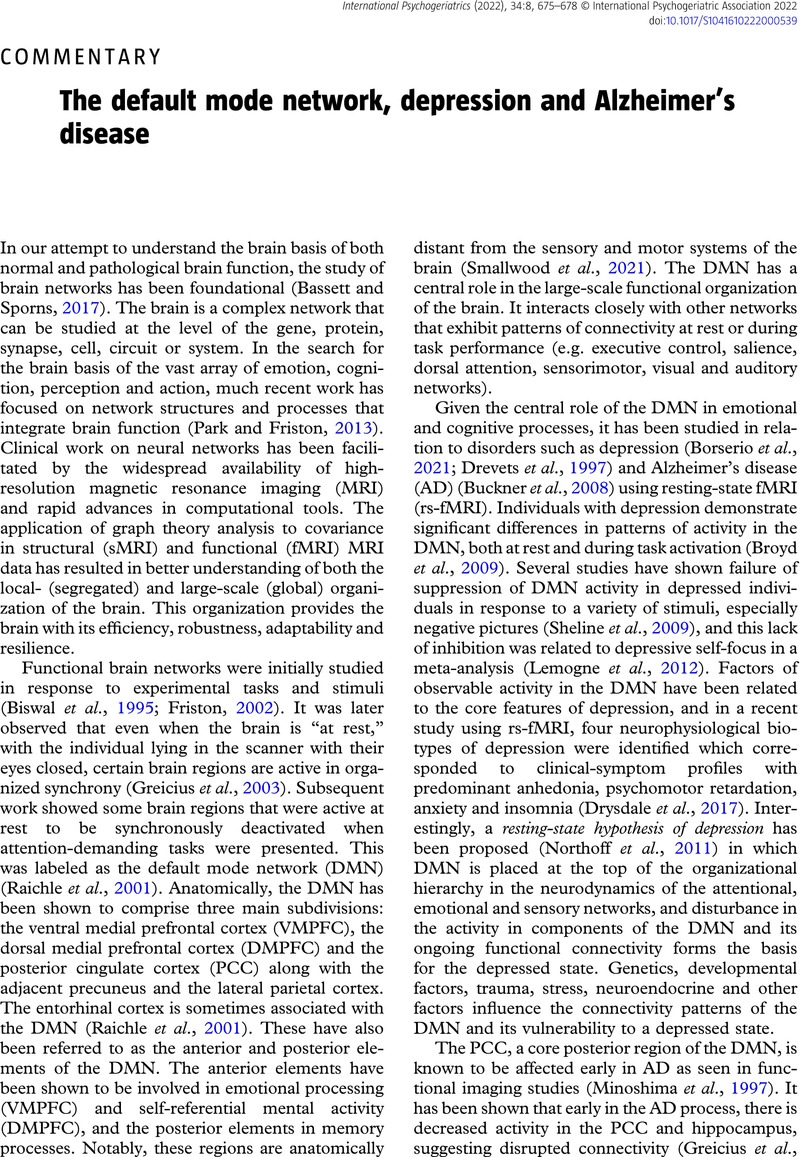Crossref Citations
This article has been cited by the following publications. This list is generated based on data provided by Crossref.
Koutsomitros, Theodoros
Schwarz, Sandra A.
van der Zee, Kenneth T.
Schuhmann, Teresa
and
Sack, Alexander T.
2023.
Home-administered transcranial direct current stimulation with asynchronous remote supervision in the treatment of depression: feasibility, tolerability, and clinical effectiveness.
Frontiers in Psychiatry,
Vol. 14,
Issue. ,
Chen, Pan-pan
Wei, Xiang-yu
Tao, Larissa
Xin, Xin
Xiao, Shao-tan
and
He, Na
2023.
Cerebral abnormalities in HIV-infected individuals with neurocognitive impairment revealed by fMRI.
Scientific Reports,
Vol. 13,
Issue. 1,





